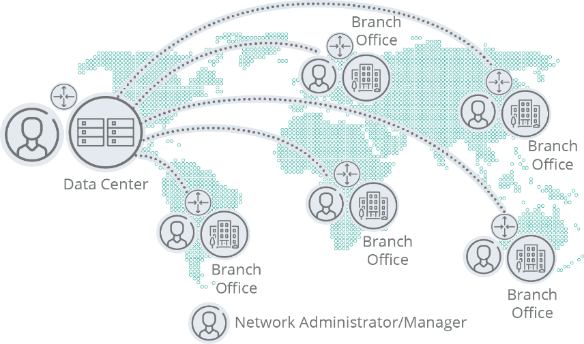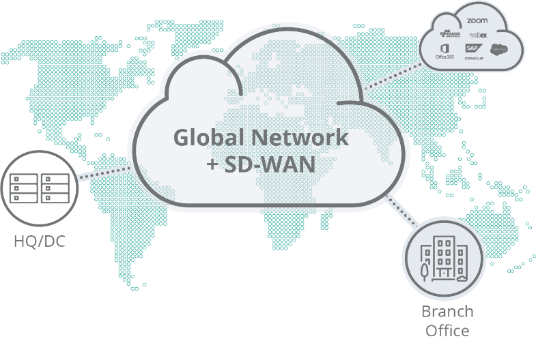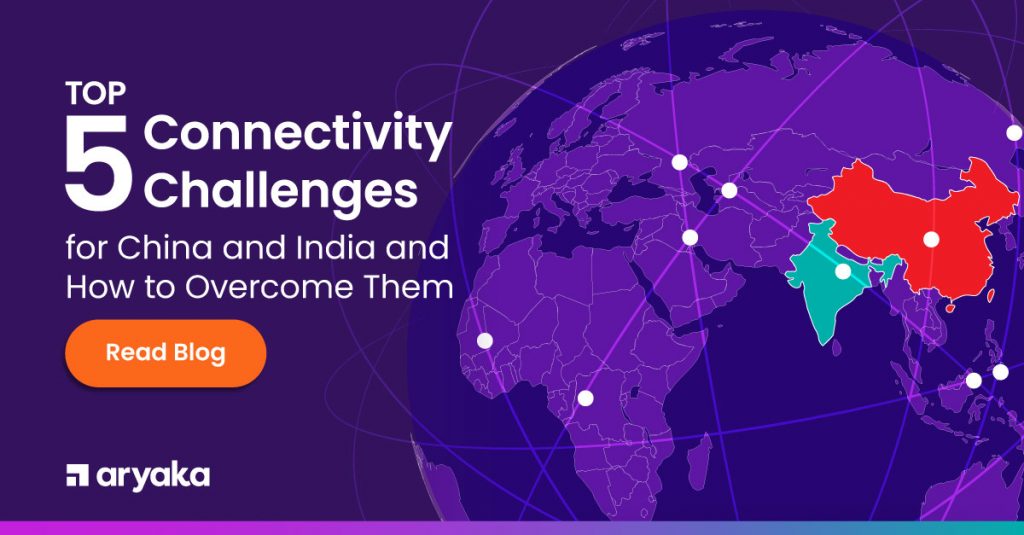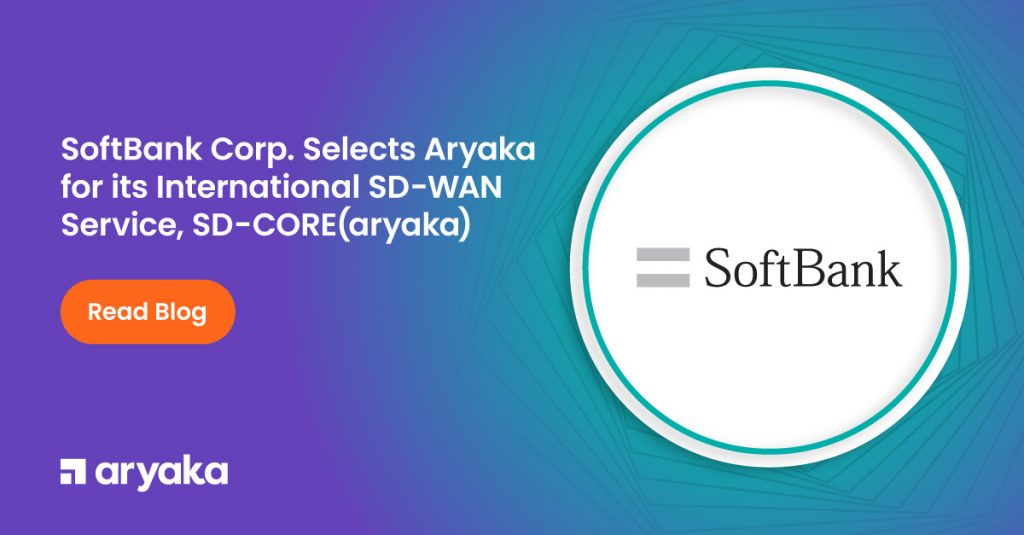IT Leaders: Does Your Organization Need SD-WAN?

Our last post covered what a software-defined wide-area network (SD-WAN) is and what the market for them looks like moving forward. That leaves two big questions for you as an IT leader — “Is SD-WAN right for your organization?” and, if it is, “When should you make the switch?”
Here, we’ll break down some of the factors you should consider when deciding whether SD-WAN is necessary to power your business.
Global Scale
If your organization only houses information and applications in the data center or only has a few offices regionally that can easily connect to one another and the cloud via the public Internet, then SD-WAN may not be the solution for you.
However, for growing businesses, global enterprises, and organizations that must access their information and applications via the cloud, MPLS is no longer a viable solution. You need to connect to these SaaS and cloud-based applications services via the Internet. But without SD-WAN, directly connecting to these services and applications via the public Internet can result in poor performance due to increased latency, packet loss, and jitter.
Once you decide to go the SD-WAN route, you also need to determine whether you want a regional or a global approach. Again, there are pros and cons to each.
If you are running a global business, then you definitely need a global-scale SD-WAN to go with it. When offices are collaborating and communicating in real-time, or attempting to connect to applications housed in other geographies, the “regional-only” types of SD-WAN solutions are challenged to perform well over the higher latency and lower stability that is inherent in long-haul Internet connections.
For an SD-WAN to fully tackle those challenges on a global scale, it must leverage a private network that is layered over the Internet to accelerate data and improve application performance. In this way, SD-WAN can replace MPLS by combining a private network and the Internet, while still providing MPLS-grade connectivity in all locations where business is conducted.
DIY or Ready-Made?
Internet Based SD-WAN

Global SD-WAN

Beyond the scale of your organization, the way your IT department is structured can also impact whether SD-WAN is the right solution for you.
Some IT departments prefer to construct their own network, while others want to connect to something that’s already built. The route your business chooses might depend on staff resources, how sensitive your data is, and of course, your budget.
Even in a do-it-yourself scenario, WAN management software can make the orchestration of network services easier at the branch. However, this puts the onus on your IT department to manage that software and the relationship with the vendors who provide it. Bringing on new offices or branches can be a hassle, especially when those offices are located far away from the home office.
If you work for a larger, global enterprise, you probably already know that a DIY solution will not work for you. Companies whose employees connect through the cloud need an SD-WAN provider that also occupies that space.
At this scale, WAN management is handled in much the same way as other applications that power your business — by an as-a-service SD-WAN provider. This frees up your company’s IT budget and resources to tackle other projects and priorities.
Choosing between regional and global SD-WAN is not necessarily an either-or scenario. Some SD-WAN providers can customize the services delivered to meet the needs of the purchasing organization, essentially achieving the best of both worlds.
Making the Right Decision
Returning to the idea of scale, a DIY WAN solution is best for small organizations who have control over their network and the resources to maintain it. That’s not to say that a local or regional business can’t have a hosted SD-WAN, but the return on investment may not be as great as it would be for a larger entity.
The right SD-WAN solution can help your organization meet its goals today and set your end users up for success in the future, as more and more business shifts to the cloud. In addition, it can remove the burden of WAN management away from your IT team, allowing them to focus on larger strategic initiatives.

Aryaka’s global private network allows enterprises to be connected to both the data center and cloud or SaaS-based platforms and applications, eliminating the need for backhauling or hybridizing traffic.
Aryaka is also ideal for global deployments because it is quick to set up and can easily reach remote locations. Software-defining the WAN means that your network links can be up and running anywhere in the world in a matter of days, or, in some cases, hours.
For more information on how to make this important decision for your organization, read our white paper on what IT leaders need to know about SD-WAN market or contact us to learn more about how Aryaka’s Global SD-WAN can help move your business forward.
- Accelerate CAD/CAM Performance
- Improve Zoom Conferencing Performance
- Calypso Embraces a SaaS-first Strategy
- CallisonRTKL Transforms their WAN
- Kleinfelder Improves Application Performance
- Teradyne Transforms their WAN
- SAP web application performance
- Kleinfelder Improves Application Performance
- Industrial Manufacturing Company Transforms WAN










